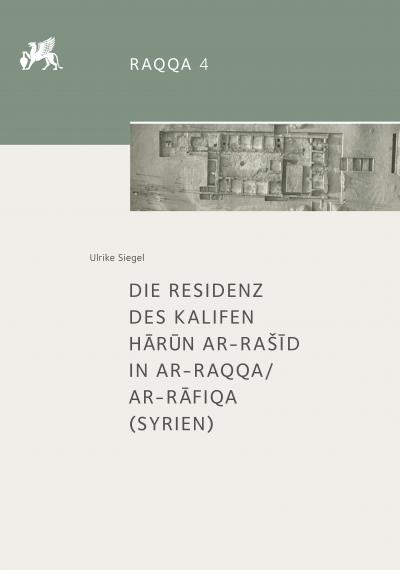"
Unlocking the transmission archive
in Arabic manuscript cultures
Audition certificates (سماع, طبقة السماع or إجازة) are a salient feature of Arabic
manuscript cultures. They are notes written on a book to document the
authorised transmission of the book’s text from teacher(s) to student(s). In
concrete terms, the text was read out aloud (by the teacher or one of the
students) and at the end of the reading session one of the members of this
reading group added the audition certificate to the book. By virtue of their
participation all students now had the right to act as teacher in future
reading sessions.
Audition certificates are brimming
with data and can include: the name of the teacher(s), the name of the
student(s) (including highlighting those coming late or leaving early), the
name of the reader, the name of the writer of the certificate, the name of the
book’s owner, the date of the reading, the place of the reading and many other
surprises (such as a writer recording the birth of his son during the reading
session in the room next door). These certificates contain a wealth of
historical data, in particular on persons we do not find in many other sources
such as women and slaves. They are thus a source of outstanding importance for
fields such as social history, history of ideas, economic history, urban
history, historical topography, and biographical studies. It goes without
saying that, especially in a comparative perspective with other world regions,
such as Latin Europe, this copious material represents a considerable resource
for widening our understanding of Middle Eastern societies.
So far, the field of Middle Eastern
history has used this unparalleled source for medieval history only for
individual manuscripts or small corpora. The problem is simply that audition
certificates are distributed in tens of thousands of manuscripts around the
globe and that no systematic project to make them available was ever started.
The farthest we got was a collaborative project between German and Syrian
colleagues who published in facsimile a selection of certificates from the
National Syrian Library in Damascus and provided them with an enormous index:
Stefan Leder/Yāsīn Muḥammad al-Sawwās/Maʾmūn
al-Ṣāġarjī, Muʿjam al-samāʿāt al-Dimashqīya. Les certificats d’audition à
Damas. 550-750/1155-1349, Damascus 1996 and Stefan Leder/Yāsīn Muḥammad al-Sawwās/Maʾmūn
al-Ṣāġarjī, Muʿjam al-samāʿāt al-Dimashqīya - ṣūwar al-makhṭūṭāt. Recueil
de documents fac-similés des certificats d’audition à Damas. 550-750/1155-1349,
Damascus 2000
ACP is the first major project aimed
at unlocking the potential of this unique source corpus. We have started
to go through the holdings of selected libraries (Staatsbibliothek Berlin,
Forschungsbibliothek Gotha, The Bibliothèque nationale de France, Syrian
National Library), but we cannot claim to have identified all audition
certificates in the manuscript books on their shelves. We will continue to go
through further collections to enlarge this first large-scale and fully
searchable corpus of audition certificates.
The data set underlying ACP is available
as open access publication stored in the Research Data Repository at
Universität Hamburg, https://www.fdr.uni-hamburg.de/record/13525.
The data set is published under a CC BY 4.0 license
allowing it to be reused for other projects. ACP will be updated periodically
with consecutively numbered new versions. The current version 1.0 was
published 26.10.2023.
Audition certificates are the result
of complex documentary practices and they were written by highly specialised
communities. We have only started to understand many of the scribal practices,
documentary logics and archival practices that shaped the various forms of
certificates in different places and in different periods. The following list
provides some background in order to understand the wider historical context of
the certificates and the practices that shaped them:
سعید ضامن
الجوماني: دلالات المصطلحات الواردة في مجالس السماع والقراءة في
المخطوطات العربية
Journal of Islamic Manuscripts 11
(2020) 106-132.
سعید ضامن
الجوماني: وثيقة جديدة عن نقل العِلم في التاريخ الإسلامي. تحقيق أوراق
السّماع لسنن الدّارقطني, مجلة كلية
الشريعة والدراسات الإسلامي 38-2 [2021], 19ـ75.
Davidson, Garrett: Carrying on the Tradition: A
Social and Intellectual History of Hadith Transmission Across a Millennium, Leiden
2020.
Hirschler, Konrad: A
Monument to Medieval Syrian Book Culture: The Library of Ibn ʿAbd al-Hādī,
Edinburgh 2020.
سعید ضامن
الجوماني: صور الإجازات المنقولة في المخطوطات العربية: السبب، والوظيفة
Journal of Islamic Manuscripts 9
(2018) 72-100.
Andreas Görke/Konrad Hirschler
(eds), Manuscript
Notes as Documentary Sources, Würzburg 2011.
Stefan Leder/Yāsīn Muḥammad al-Sawwās/Maʾmūn
al-Ṣāġarjī, Muʿjam al-samāʿāt al-Dimashqīya. Les certificats d’audition à
Damas. 550-750/1155-1349, Damascus 1996.
Stefan Leder/Yāsīn Muḥammad al-Sawwās/Maʾmūn
al-Ṣāġarjī, Muʿjam al-samāʿāt al-Dimashqīya - ṣūwar al-makhṭūṭāt. Recueil
de documents fac-similés des certificats d’audition à
Damas. 550-750/1155-1349, Damascus 2000.
Leder, Stefan: ‘Hörerzertifikate
als Dokumente für die islamische Lehrkultur des Mittelalters’, in R. Khoury
(ed.), Urkunden und Urkundenformulare im klassischen Altertum und in den
orientalischen Kulturen, Heidelberg 1999, 147-66.
Leder, Stefan: ‘Eine neue Quelle zur
Stadtgeschichte von Damaskus. Zur Alltagsgeschichte der Ḥadīthwissenschaft’, in
H. Preissler (ed.), Annäherung an das Fremde, Stuttgart 1998, 268-79.
صلاح الدين
المنجد: إجازة
السماع في المخطوطات القديمة, مجلة معهد
المخطوطات العربية 1 (1955), 51-232."
Audition Certificates Platform URL: https://www.audition-certificates-platform.org/.

















